

He mea whakahirahira te manu ki te iwi Māori, he uri whakaheke nā Tāne Mahuta he mana nui tōna i te tirohanga mātairangi a te māori me ōna tūranga nui i te ao tūroa. He kaitiaki o mua, he pērā ...
READ MORE

Of the world’s 22 species of albatross, nearly half can be found in Aotearoa. These include the wandering or snowy albatross (Diomedea exulans). Its wingspan of up to 3.5 metres makes it the ...
READ MORE

Research on godwit migration involves tracking or following the flight path of the birds. Scientists like Dr Phil Battley and Dr Jesse Conklin from Massey University do this by putting a tracking ...
READ MORE

Aotearoa New Zealand is rich in animal life – from tiny pepeketua and giant wētāpunga to ngā manu a Tānemahuta and ngā ika a Tangaroa. Some of these animals are unique to particular locations ...
READ MORE
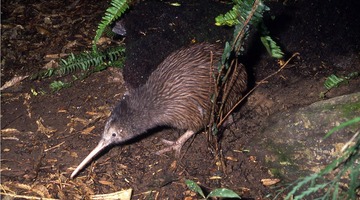
In this activity, students classify the different types of adaptations that New Zealand native birds have. Rights: Image courtesy of Ngā Manu Images Kiwi adaptations Structural adaptations that ...
READ MORE

In this activity, students consider some of the ethical issues involved with keeping earthworms (and other animals) captive in a classroom setting. By the end of this activity, students should be ...
READ MORE
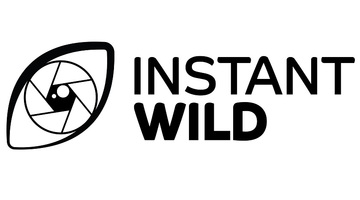
Instant Wild is an initiative by the Zoological Society of London. Photos or videos of animals are recorded using hidden cameras in a range of worldwide locations. The aim is to increase the ...
READ MORE
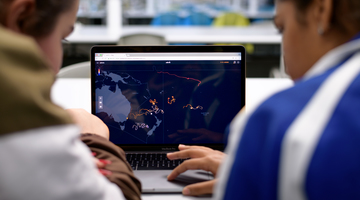
Although invisible to the naked eye, marine microbes drift continually in our ocean systems, quietly consuming up to 50% of the Earth’s CO2 through photosynthesis and producing nearly as much ...
READ MORE
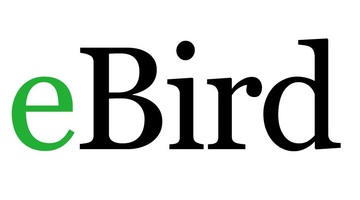
This comprehensive worldwide online citizen science (OCS) project collates bird species, numbers, locations and times of sightings into a large database. You can create a class as a user and, by ...
READ MORE
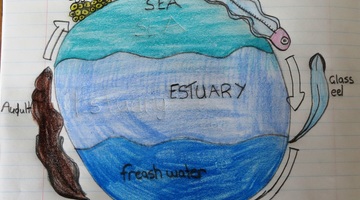
It is necessary for teachers to adapt activities that are externally sourced and created by others to optimise their students’ opportunities for learning science. Activities are productive when ...
READ MORE
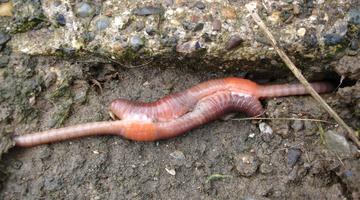
Earthworms are of interest to most children, are easily accessible and are an animal species easily kept in the classroom for short periods of time. This makes them ideal subjects for exploring ...
READ MORE
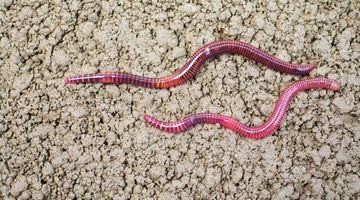
To most of us, one earthworm resembles another. Although earthworms do have common characteristics, species differ widely in their size, skin colour and in the roles they play in the soil ...
READ MORE
The toroa is a majestic bird with a large wingspan and distinct colouration. It spends most of its life flying over and floating on the ocean surface. It mates for life and can live for over 60 ...
READ MORE
Dr Phil Battley, from Massey University, discusses how both internal and external satellite transmitters might affect godwits. He shares that internal transmitters worked better than external ...
READ MORE
Dr Phil Battley, from Massey University, explains how birds are kept track of through satellite tagging. He describes and compares two ways of doing this – using backpacks with solar panels and ...
READ MORE

Kimihia he pēhea te mahi hei kaipūtaiao hei ako i ētahi atu mō ngā manu i tō mātou rohe – me pēhea hoki e whai hua ai ērā! Me maumahara ki te tirotiro i ngā taipitopito kei te taha o ngā kiriata ...
READ MORE

Exploring moths as ecological indicators of health and connectedness in our natural world. Select here for further information, transcript and copyright.
READ MORE
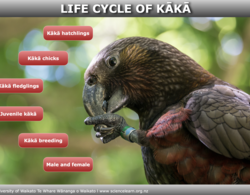
Explore the life cycle of the kākā from egg to adulthood by selecting the labels for further information.
READ MORE